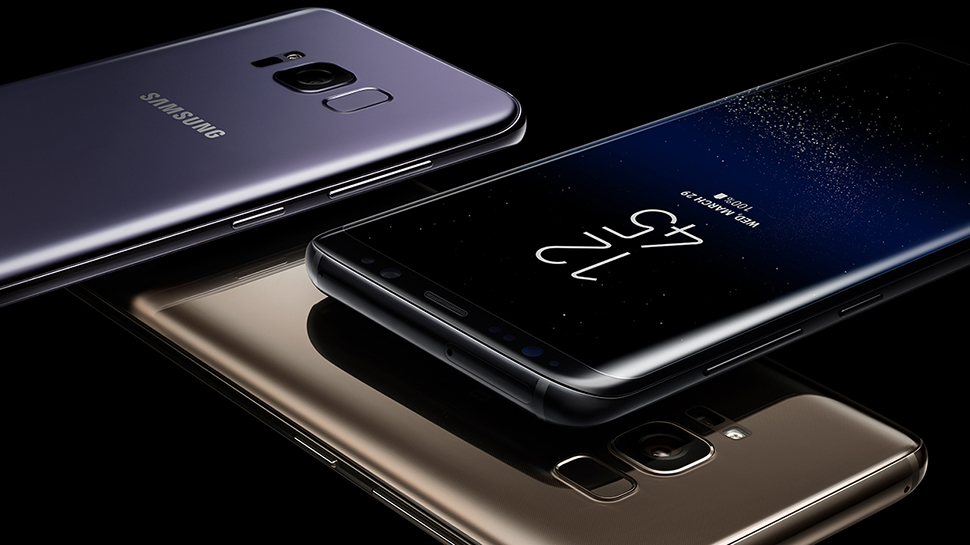

The point is open to debate, of course, but for many people it's the Samsung Galaxy S8 and Samsung Galaxy S8+ rather than anything Apple makes that represent the pinnacle of what smartphones can be in 2017. So how did we - and how did Samsung - get here?
It was only last year that the South Korean tech giant was quite literally trying to put out fires around its melting Galaxy Note 7 phablets, and yet here we are 12 months later. These are some of the smartest decisions Samsung's made in its battle with its competitors.
Going bigger and bigger
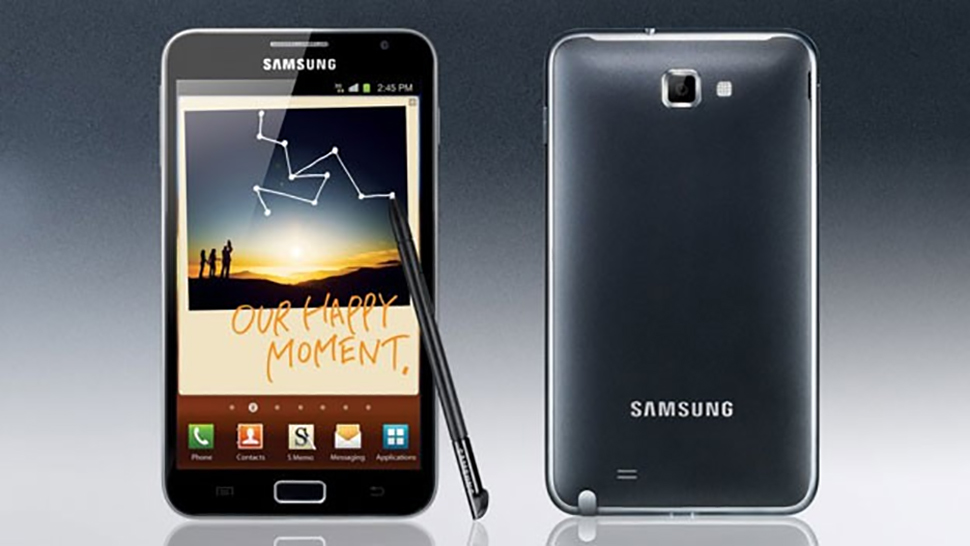
Samsung was making huge phones before it was fashionable to do so. Remember the first Galaxy Note in 2011? At the time its 5.3-inch screen was considered gigantic, but today it would barely raise an eyebrow.
Whether Samsung executives got lucky or really could see the way the market was going, there's no doubt it's been ahead of the game as far as screen sizes go. Apple eventually made its iPhone bigger but didn't break the 5-inch barrier until the iPhone 6 Plus in 2014.
The people have demanded bigger phones, and Samsung has given them to us. This year's Galaxy S8+ screen is an enormous 6.2 inches from corner to corner, which kind of negates the need for a Note model any more.
Not everyone wants a massive screen, of course, but lots of people in the world do - and to Samsung's credit it's been riding the wave for years, whether or not its main rivals have been following suit.
Finding the edge
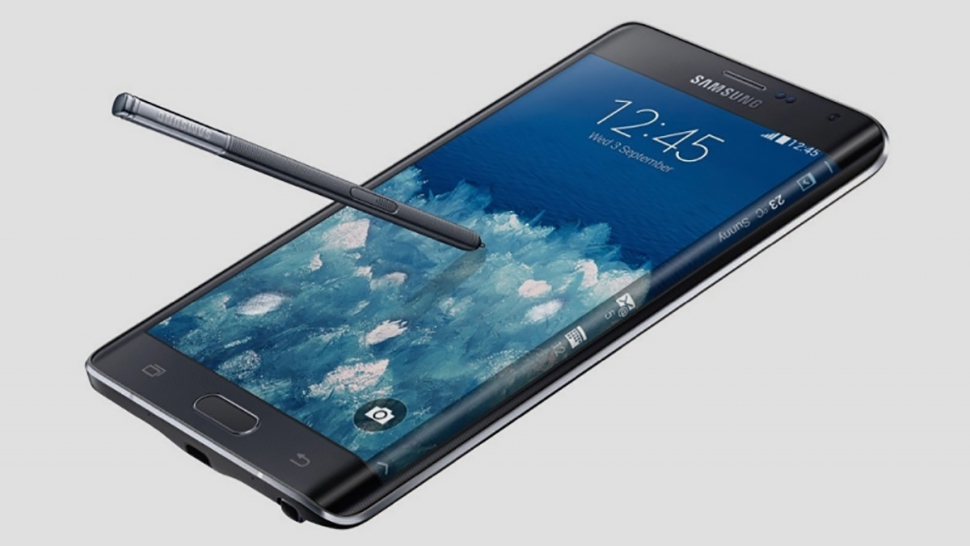
Samsung has always done displays well, and the way it managed to get a curved edge on a smartphone screen in 2014 was pretty groundbreaking. Opinion was divided at the time, but the idea has become so successful that every Samsung flagship is now rocking the gently curved screen look.
Sign up to the T3 newsletter for smarter living straight to your inbox
Get all the latest news, reviews, deals and buying guides on gorgeous tech, home and active products from the T3 experts
Millions of smartphone users are getting along just fine without a curved smartphone display, of course, but we'd venture that it's another of the reasons why Samsung finds itself on top in 2017.
It's getting harder and harder to do something truly innovative with smartphones, and those shaped sides are one of the true differentiators out there at the moment, even if there's not much tangible benefit beyond the basic aesthetic appeal.
And, if the rumours are to be believed, there's even more to come from Samsung in the form of fully flexible and bendable displays. Who knows? Perhaps you'll be able to roll up the Samsung Galaxy S10 and put it in your pocket.
Design and display
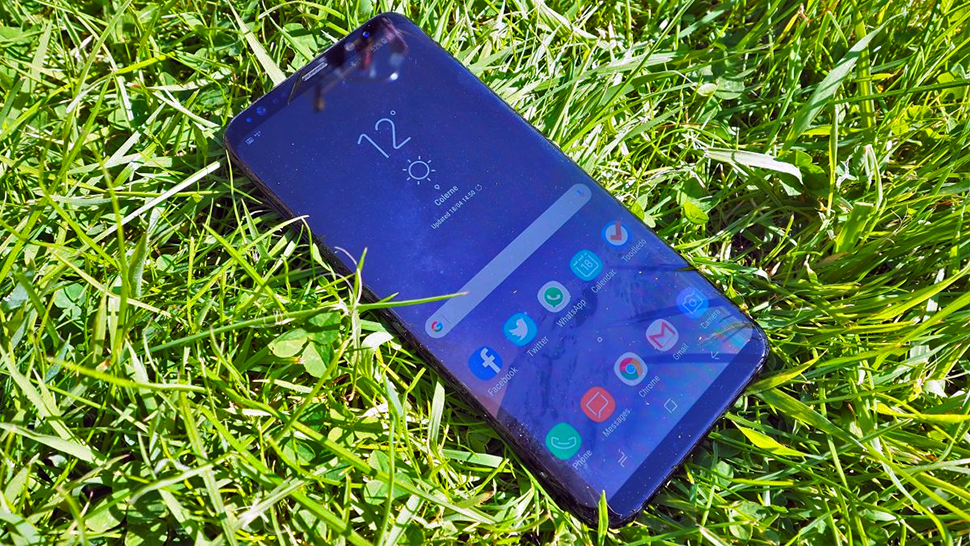
For the last couple of years it's felt like Samsung rather than Apple is the company making real progress in terms of the design of its phones - not that there's all that much you can change about a slab of glass and metal.
The basic smartphone template has been set for some time now, but that said, Apple seems to be stuck in something of a design rut. Maybe the iPhone 8 will change that, but Tim Cook and his team recently had to resurrect a 2013 design for the iPhone SE.
We've already mentioned the curved displays, but this year (together with LG) Samsung became one of the first manufacturers to really consign bezels into smartphone history. Beauty is in the eye of the beholder, but plenty of people would take the looks of the Galaxy over the iPhone right now.
A lot of that is down to the gorgeous, bright, vibrant Super AMOLED screens Samsung puts on its smartphones - all those years of making TVs are definitely paying off.
Pushing the envelope

Whatever you want to say about Samsung, good or bad, you have to admit it's a company prepared to experiment - whether that's with iris scanning, curved screens, desktop docks or integrated stylus pointers so you can save some skin off your fingertips.
Admittedly not all of those experiments pay off - but Samsung seems prepared to take the risk, as opposed to Apple, which strikes us as taking a mostly safety-first approach.
Now, we're big fans of Apple smartphones as well as Samsung smartphones, but that tendency to play around with its core formula seems to have worked in Samsung's favour, even if it's been difficult at times for consumers to keep up.
For example, Samsung has changed its mind down the years on features like microSD cards and removable batteries - frustrating for users, but showing a flexibility that means it can change with the times perhaps a little better than some of its rivals.
Staying on top
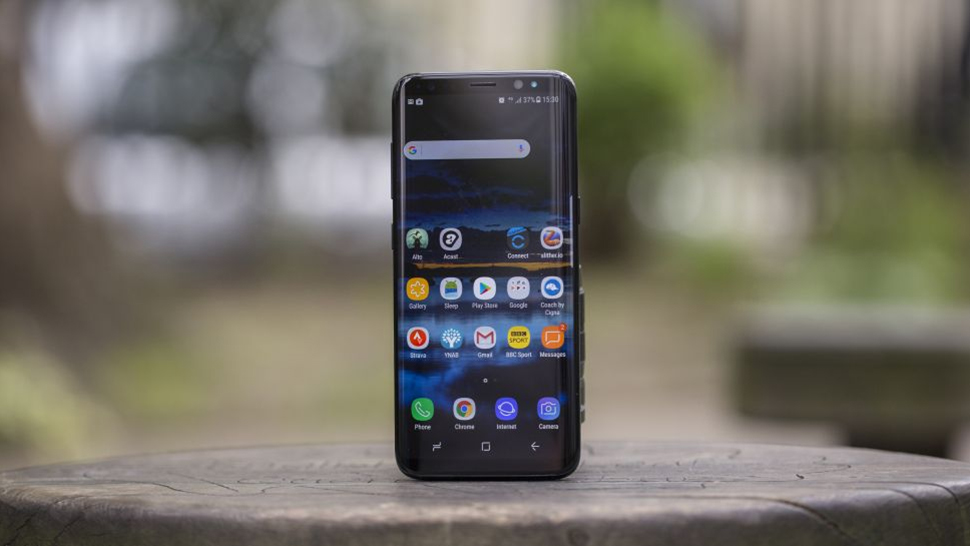
As impressed as we are with the flagships Samsung has put out this year, we're not blind to the company's eccentricities, or to the good work that the likes of Google, Apple, HTC, LG and Sony are all doing with their own phones.
Samsung is going to have to work hard to stay on top, in other words, and the pace isn't going to slow down. Apple will have its own new handsets out in a few months, and then we might have to reset the bar as far as our favourite phones go.
Samsung's own take on Android and tendency to install bloatware on its phones are ongoing issues, though we have seen improvement in recent years. The company also needs to address issues with its own apps - like Bixby - to keep competing.
Ideally we'd like to see all the big manufacturers (and maybe some smaller ones) staying relevant into 2018 and beyond. For now Samsung is on top of the pile - but that doesn't mean it should be resting on its laurels.
Dave has over 20 years' experience in the tech journalism industry, covering hardware and software across mobile, computing, smart home, home entertainment, wearables, gaming and the web – you can find his writing online, in print, and even in the occasional scientific paper, across major tech titles like T3, TechRadar, Gizmodo and Wired. Outside of work, he enjoys long walks in the countryside, skiing down mountains, watching football matches (as long as his team is winning) and keeping up with the latest movies.
-
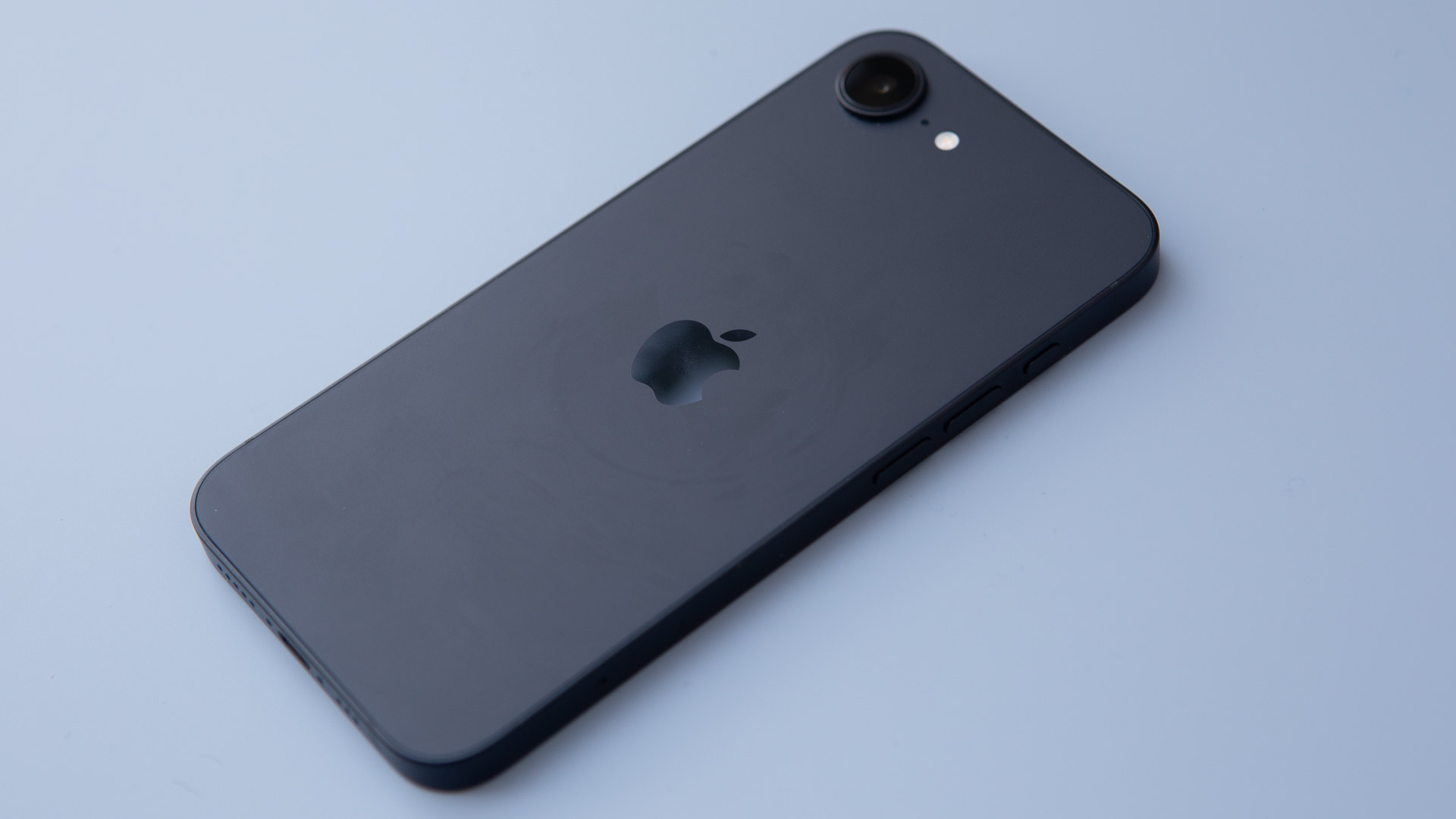 Apple's iPhone just did something it never has before
Apple's iPhone just did something it never has beforeThis is an unprecedented event for the iPhone
By Sam Cross
-
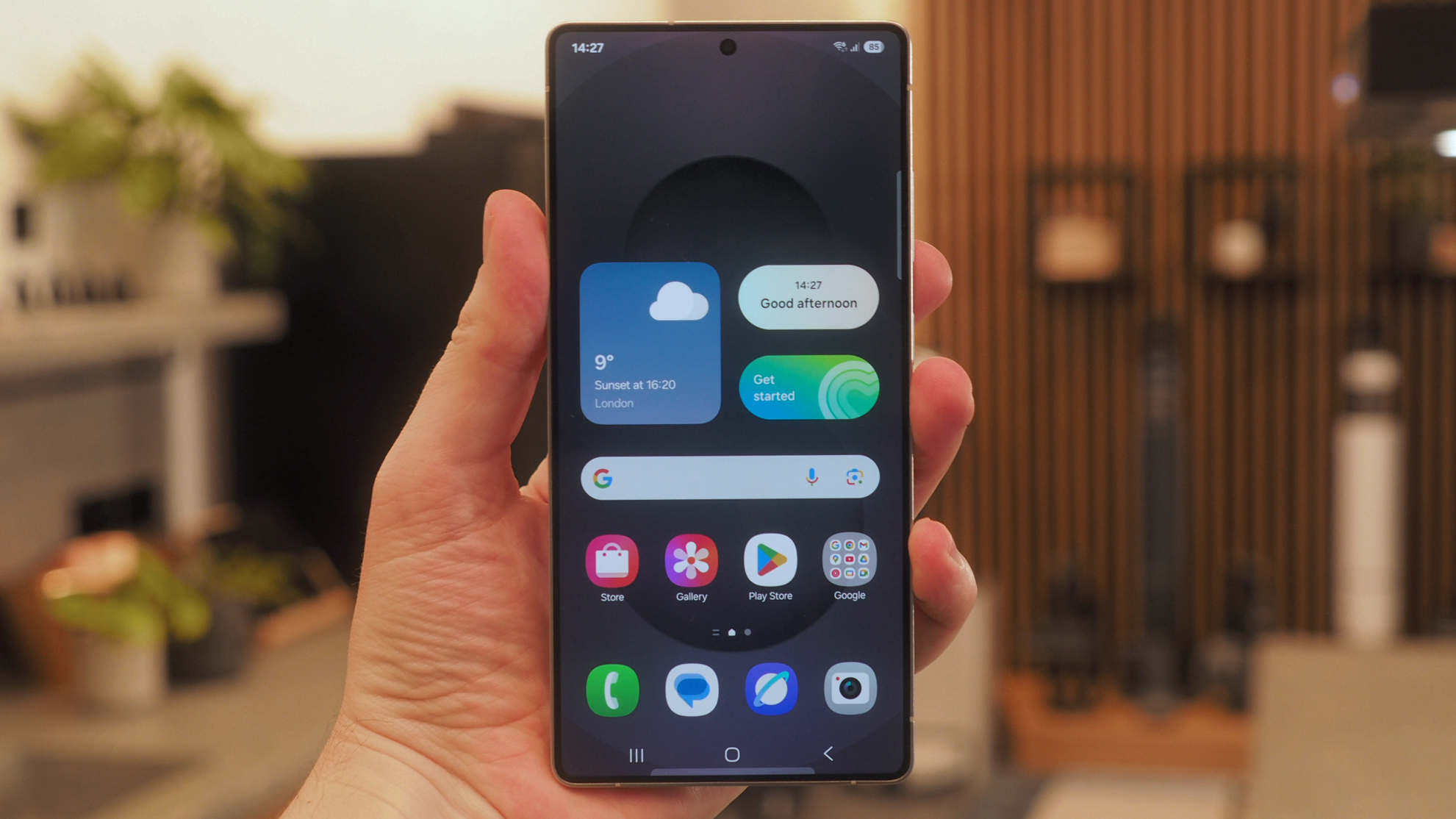 Samsung hits pause on Android 15 rollout, but your phone might be lucky
Samsung hits pause on Android 15 rollout, but your phone might be luckyYour delayed Samsung One UI 7 software update could be delayed some more
By Chris Hall
-
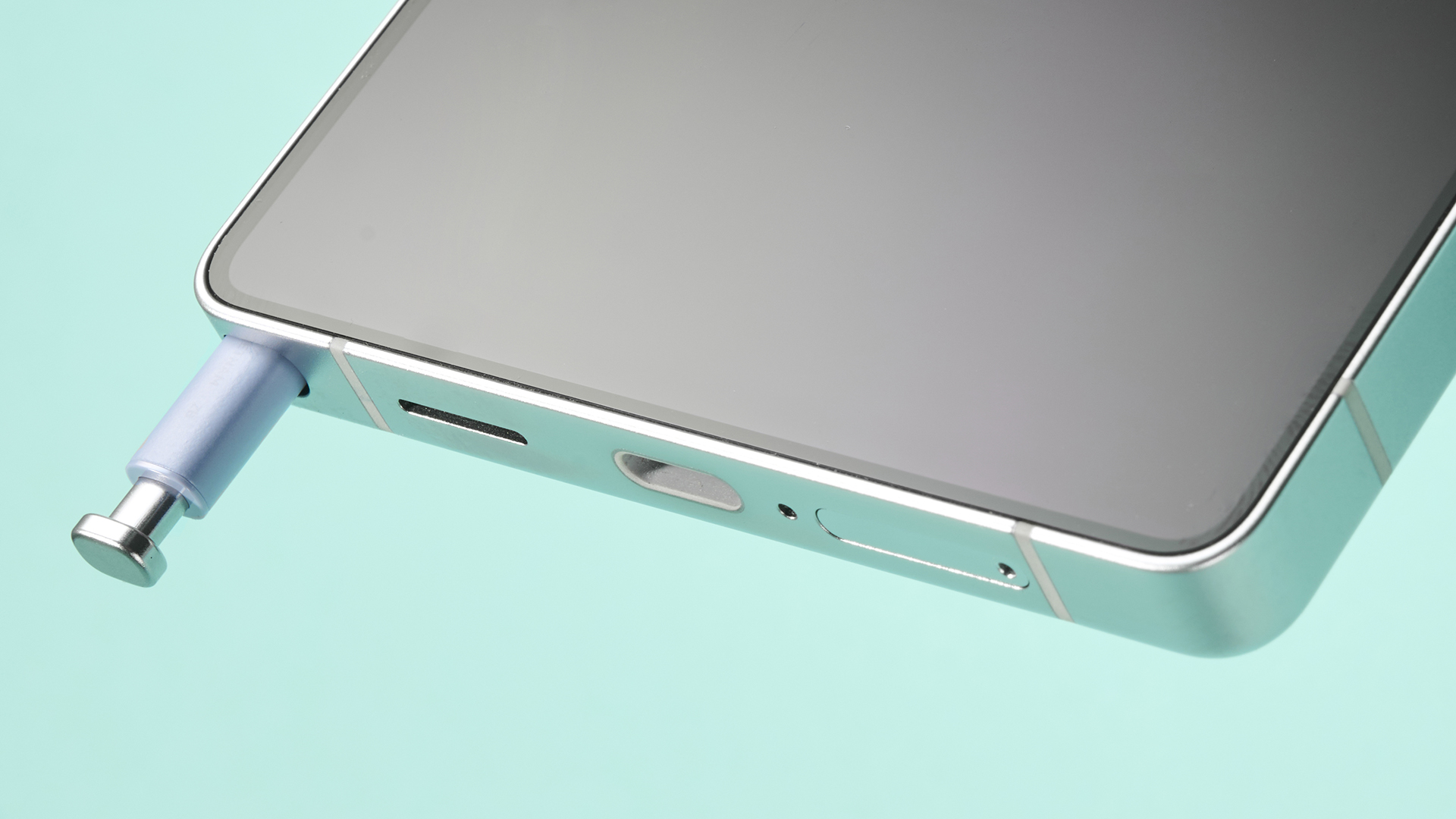 Samsung Galaxy devices could lose a unique feature after all
Samsung Galaxy devices could lose a unique feature after allThat's despite recent claims to the contrary
By Sam Cross
-
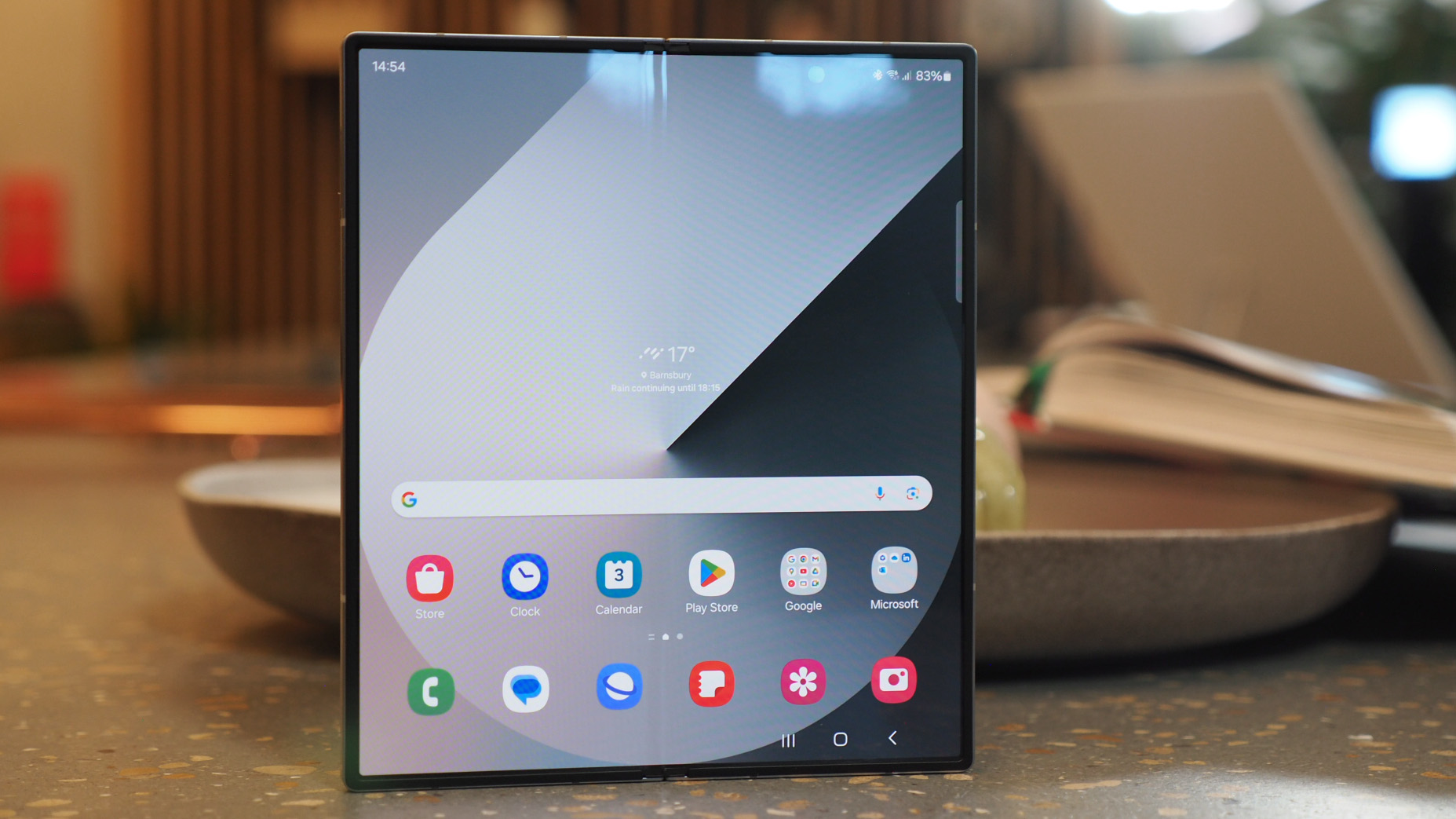 Samsung Galaxy handsets could get a massive free software upgrade as soon as this summer
Samsung Galaxy handsets could get a massive free software upgrade as soon as this summerThat's way sooner than expected
By Sam Cross
-
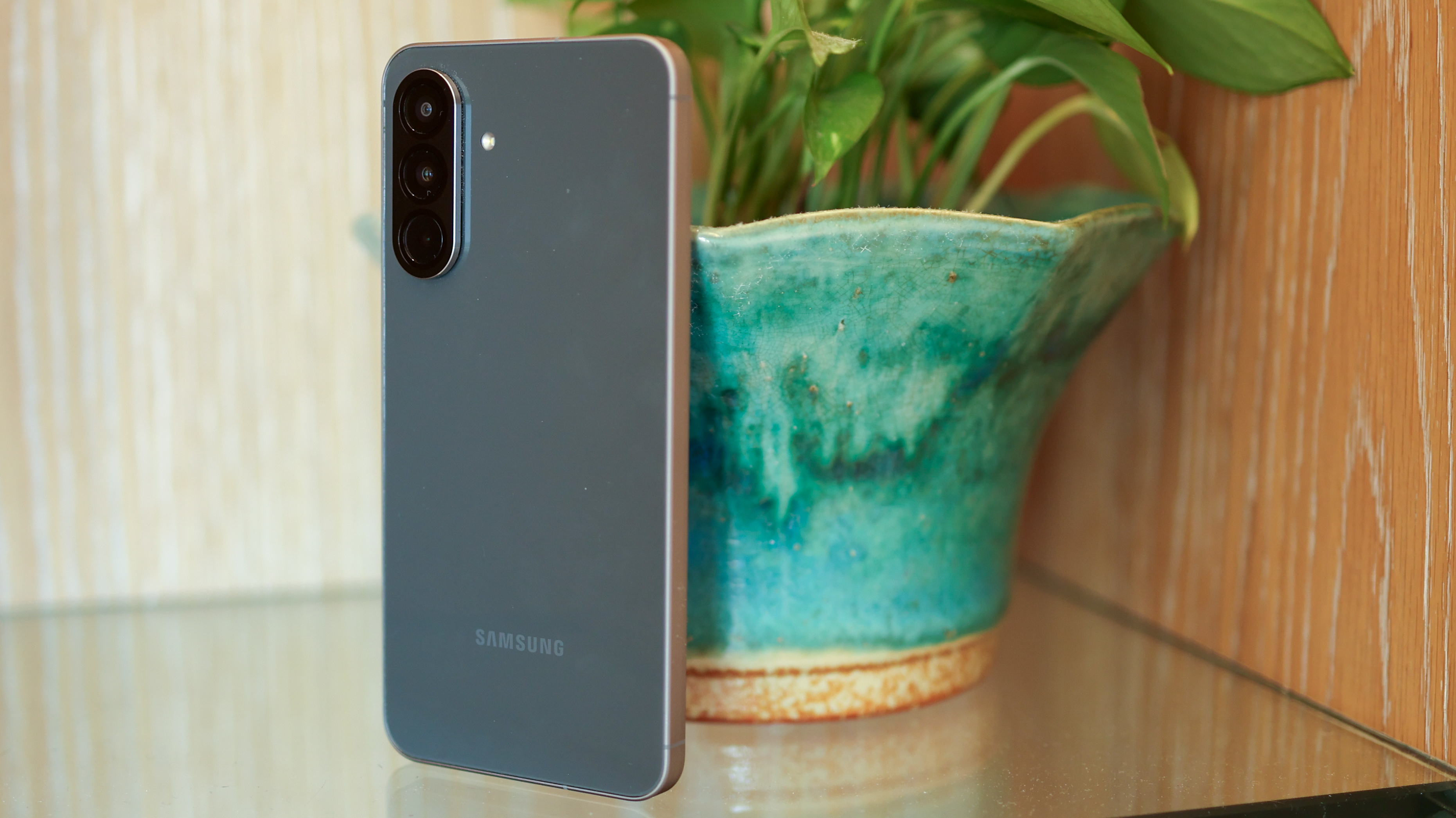 Samsung's affordable phones get Awesome Intelligence upgrade for free
Samsung's affordable phones get Awesome Intelligence upgrade for freeAnd its available to install right now
By Britta O'Boyle
-
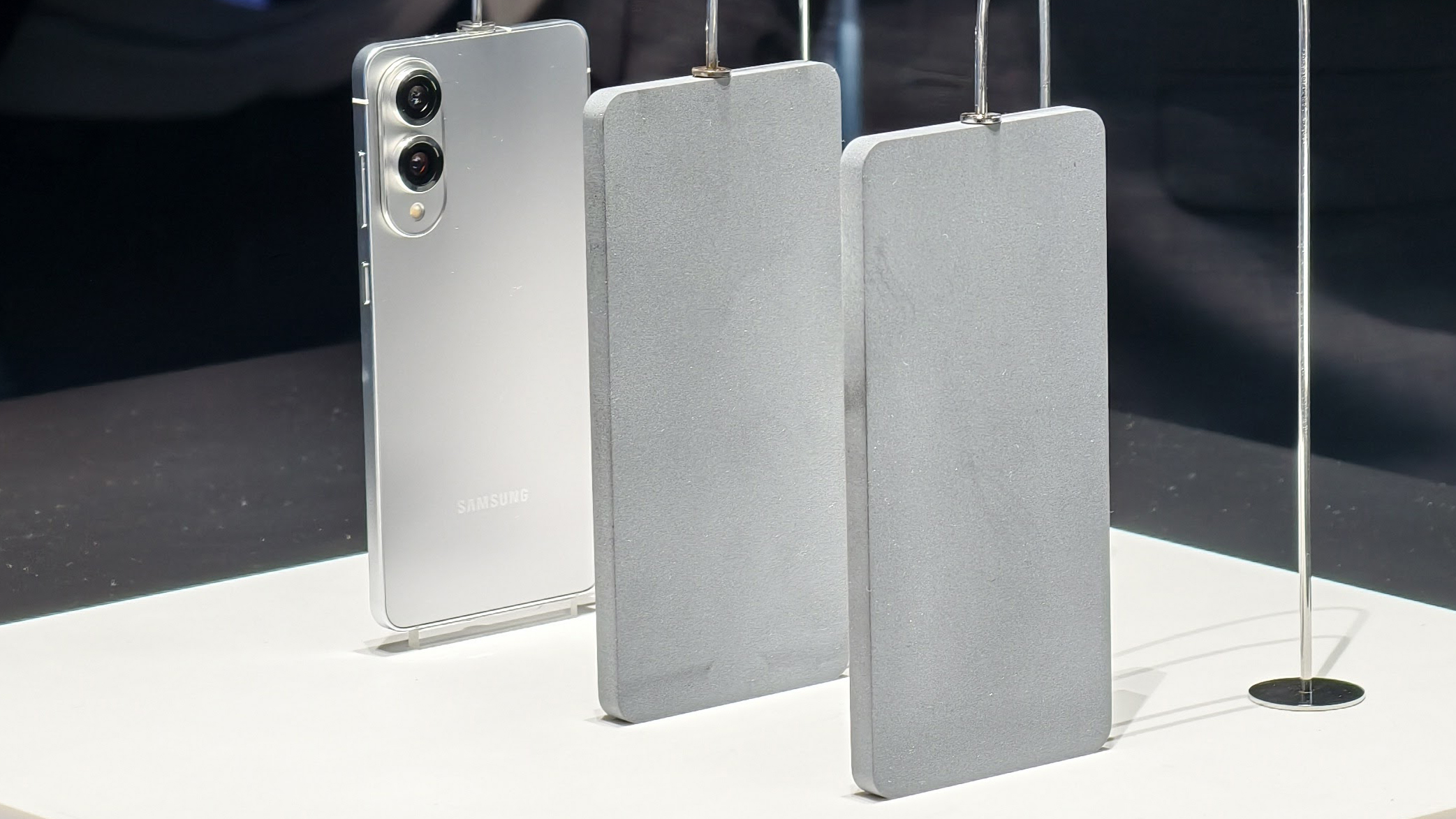 Samsung Galaxy S25 Edge could launch sooner than expected, because of space and time
Samsung Galaxy S25 Edge could launch sooner than expected, because of space and timeYou don't have to be a Doctor to realise why
By Britta O'Boyle
-
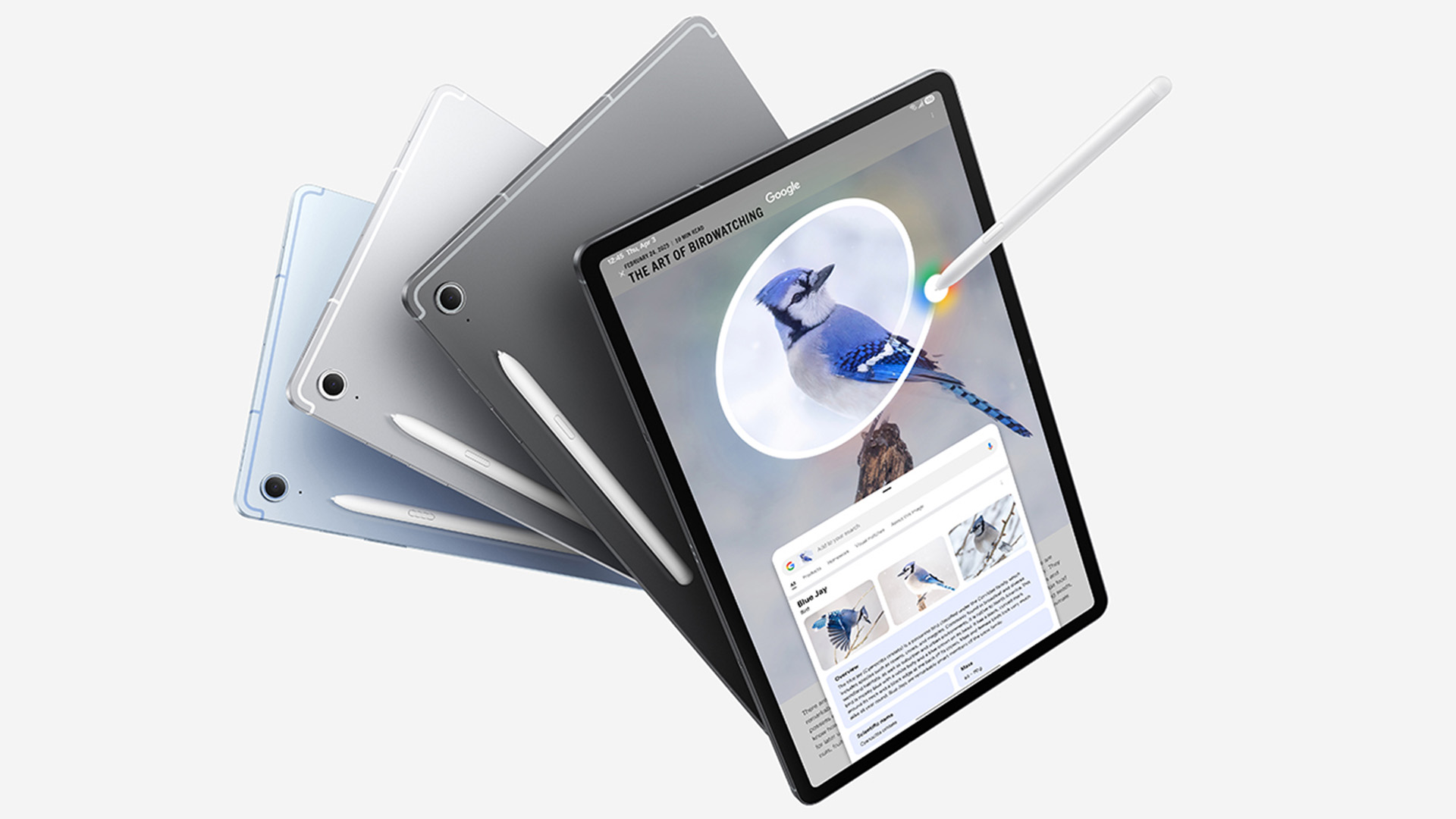 The Galaxy Tab S10 FE might be Samsung's best-value tablet yet
The Galaxy Tab S10 FE might be Samsung's best-value tablet yetA great new semi-premium entrypoint
By Max Freeman-Mills
-
 Samsung's bezel breakthrough could slash the cost of big-screen 8K OLED TVs
Samsung's bezel breakthrough could slash the cost of big-screen 8K OLED TVsMassive TV panels are really hard to make – so why not just tile multiple smaller ones instead?
By Carrie Marshall

